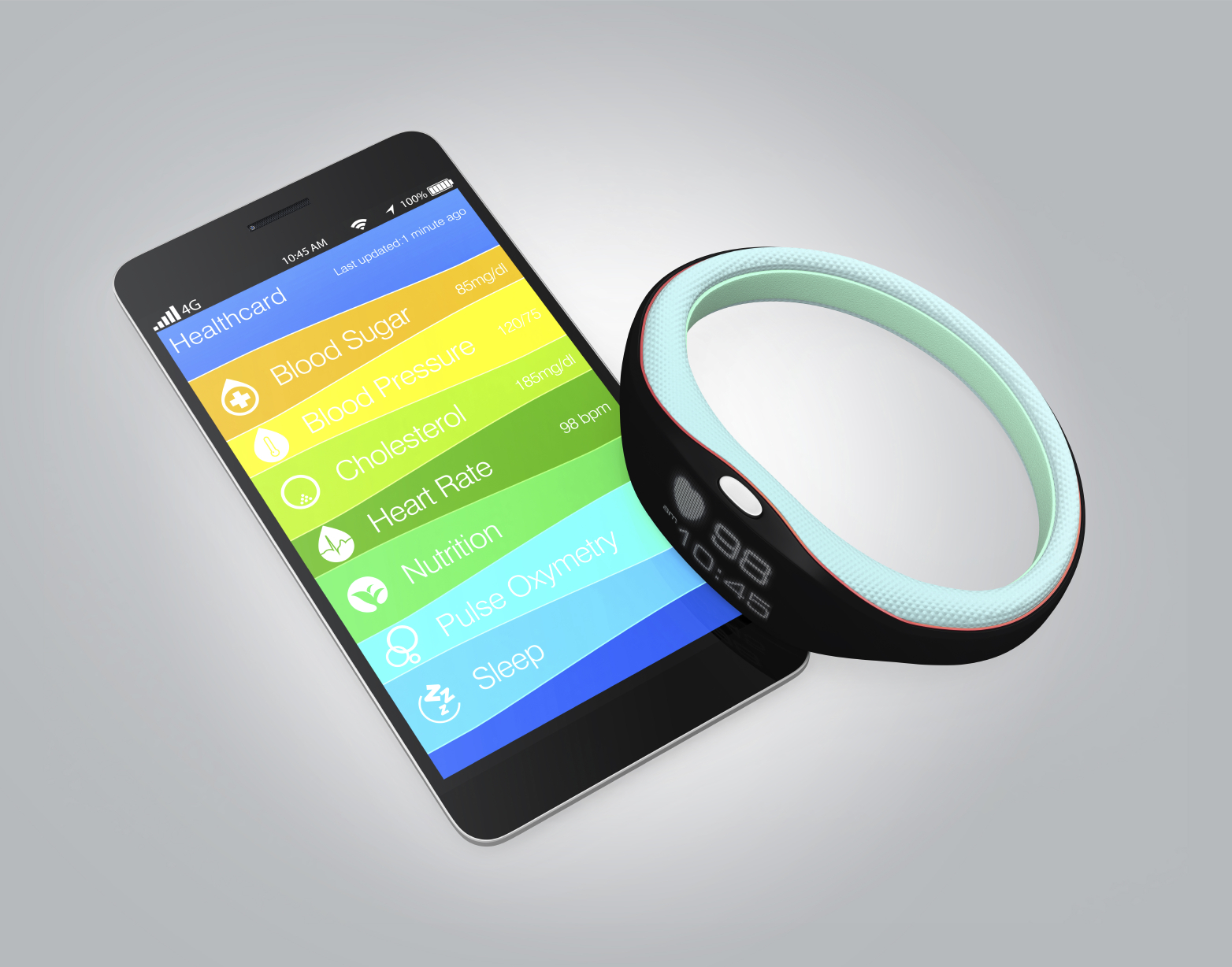

The Digitization and Democratization of Healthcare
Keith Kaplan, MD, Chief Medical Officer
Two weeks ago, healthcare news headlines and Twitter made hundreds of thousands of references to Dr. Eric Topol’s keynote address at the 8th Annual Health 2.0 conference. For a review of Dr. Topol’s thoughts and comments, click here.
Dr. Topol spelled out eight drivers of the evolving paradigm in healthcare, namely, sensors, labs, imaging, physical exams, access to medical records, transparency of costs and digital pills. That list would have seemed foreign just a few years ago.
Dr. Topol took a look at the radical shift occurring in the centuries-old doctor-patient relationship. Today, many physicians, particularly the older generations, are struggling to come to grasp with patients who are demanding leaner processes, lower cost with greater value care, less obtrusive exams, and more remote enabled and transparent data.
Primary care physicians and organizations are on the front line of this shift as their reimbursements dwindle while their patients displace them with new, wearable technologies and real-time access to better information with a simple click of their mouse.
The truth of the matter is patients, as consumers of healthcare services, have been driving this shift for many years. A well-known clothing manufacturer narrated in his first television commercial in 1974 the now very familiar words still affiliated with his brand, “An educated consumer is our best customer.”
This has not always been the case in healthcare. We did not want it to be. It had to be a delicate agreement balancing physician paternalism and patient autonomy.
In his book The Creative Destruction of Medicine, Dr. Topol mentions, “What if your cell phone could detect cancer cells circulating in your blood, or warn you of an imminent heart attack? Mobile wireless digital devices, including smartphones and tablets with seemingly limitless functionality, have brought about radical changes in our lives, providing hyper-connectivity to social networks and cloud computing. But the digital world has hardly pierced the medical cocoon."
Until now. Beyond reading email and surfing the Web, we will soon be checking our vital signs on our phone. We can already continuously monitor our heart rhythm, blood glucose levels, and brain waves while we sleep. Miniature ultrasound imaging devices are replacing the icon of medicine—the stethoscope. DNA sequencing, Facebook, and the Watson supercomputer have already saved lives. For the first time we can capture all the relevant data from each individual to enable precision therapy, prevent major side effects of medications, and ultimately to prevent many diseases from ever occurring.
And yet many of these digital medical innovations lie unused because of the medical community’s profound resistance to change.
Now the shift is accelerating - with increasing handheld and mobile applications and regulatory changes (including public disclosure of Medicare payments made directly to physicians), there are now more forces at play driving the changes in healthcare.
There is a saying, “The best way to manage change is to be a part of it.” Resistance to change is no longer an option in what is increasingly a patient/consumer driven marketplace armed with tools and technologies to force the changes needed.
Are you going to be a change agent or be changed?
If you liked this post from Dr. Keith Kaplan, sign up for our blog to receive instant updates on new posts.

